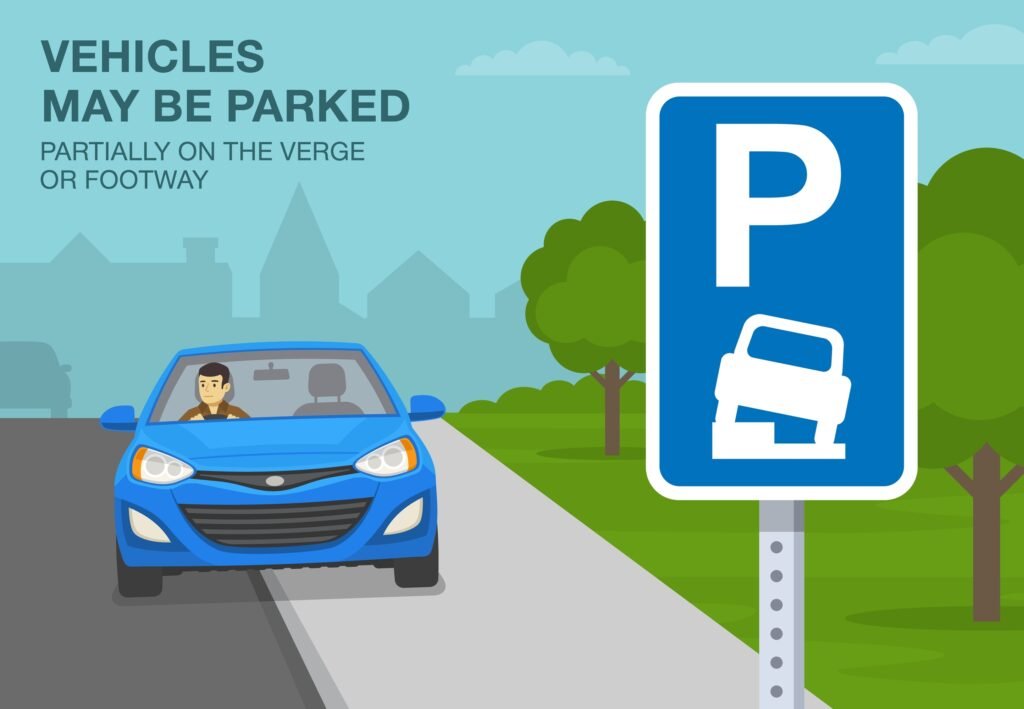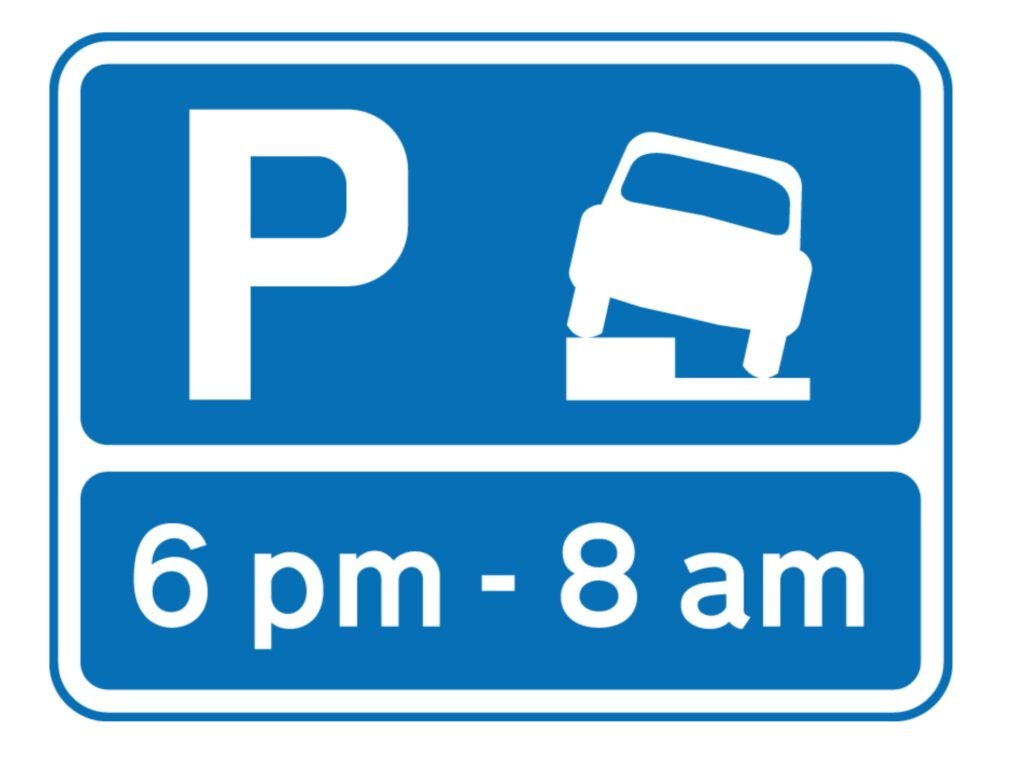When can you park on the verge or footpath?

When can you park on the verge or footpath? Parking partially or fully on verges (and pavements) is generally not allowed unless signs permit it. This is because pavements and grass verges are designed for pedestrians, wheelchairs, pushchairs, and safe visibility — not for vehicles. Parking on them can block access, force people into the road, or damage the surface and underground utilities. For this reason, the Highway Code makes it clear that drivers should not park on pavements or verges unless there is a clear sign saying it’s allowed.

Why Parking on Verges and Footpaths Is Sometimes Allowed
Most of the time, drivers are told to keep off verges and pavements. And for good reason — they’re meant for pedestrians, prams, wheelchairs, and safe visibility. But there are some situations where parking partially on a verge or footway is not only allowed, but actively encouraged. Here’s why.

Making Space on Narrow Roads
On some residential streets, especially older ones built before the car became common, the road space is simply too narrow for today’s traffic. If every vehicle parked fully on the carriageway, buses, delivery vans, and even emergency services might struggle to squeeze through.
To solve this, local councils sometimes permit drivers to park with two wheels on the pavement or verge. This small adjustment keeps the carriageway clear, while still leaving enough room on the pavement for pedestrians to pass safely.

Local Authority Control
Outside London, councils can introduce Traffic Regulation Orders (TROs) that allow verge or pavement parking in specific areas. These permissions are always shown with the blue parking signs that feature a car partly or fully on a pavement symbol. If you see one of these, it’s your signal that the practice is not only legal, but has been carefully planned to keep traffic flowing smoothly.
In London, the rules are tighter. The default position is a total ban, unless there are clear signs showing that pavement or verge parking is permitted. This avoids confusion in such a densely populated area, while still allowing flexibility where it’s essential.

Balancing Safety and Practicality
Allowing verge or pavement parking is always about balance. It’s not a free-for-all — it’s a targeted solution to a local issue. Signs are used only where authorities are confident that pedestrians will still have safe space, and where traffic movement would otherwise be seriously disrupted.
The aim is simple: to keep neighbourhoods accessible for everyone — pedestrians, cyclists, buses, delivery vehicles, and emergency services — without creating unnecessary conflict or hazards.

What This Means for Learners and Drivers
For the theory test, the golden rule remains: You must not park on a verge or footway unless signs permit it. But it’s equally important to understand why the signs exist. They’re not loopholes — they’re practical solutions designed to keep roads safe and usable.
So, the next time you see the blue sign with a car mounted partly or fully on the pavement, remember: this is one of the few places where you’re being told, “Yes, here it’s okay — it helps everyone.”

- Parking on Verges and Footpaths Generally Not Allowed: Parking partially or fully on verges and pavements is usually prohibited unless specifically indicated by signs, to protect pedestrians, wheelchairs, and underground utilities.
- Situations Permitting Verge or Footpath Parking: In certain cases, local authorities may allow parking on verges or footpaths, especially to make space on narrow roads or in designated areas with clear signs indicating permission.
- Controlled Parking Through Traffic Regulation Orders (TROs): Outside London, councils can issue TROs permitting verge or pavement parking in specific zones, marked by blue signs, while in London, such parking is generally banned unless explicitly allowed.
- Balance Between Safety and Practicality in Regulations: Allowing limited verge or pavement parking is a targeted measure to ensure road accessibility and safety for pedestrians, cyclists, buses, and emergency vehicles without creating hazards.
- Implications for Drivers and Learners: Drivers must adhere to signs permitting verge or footpath parking and understand that these signs are practical solutions to traffic issues, not loopholes, ensuring road safety and usability.